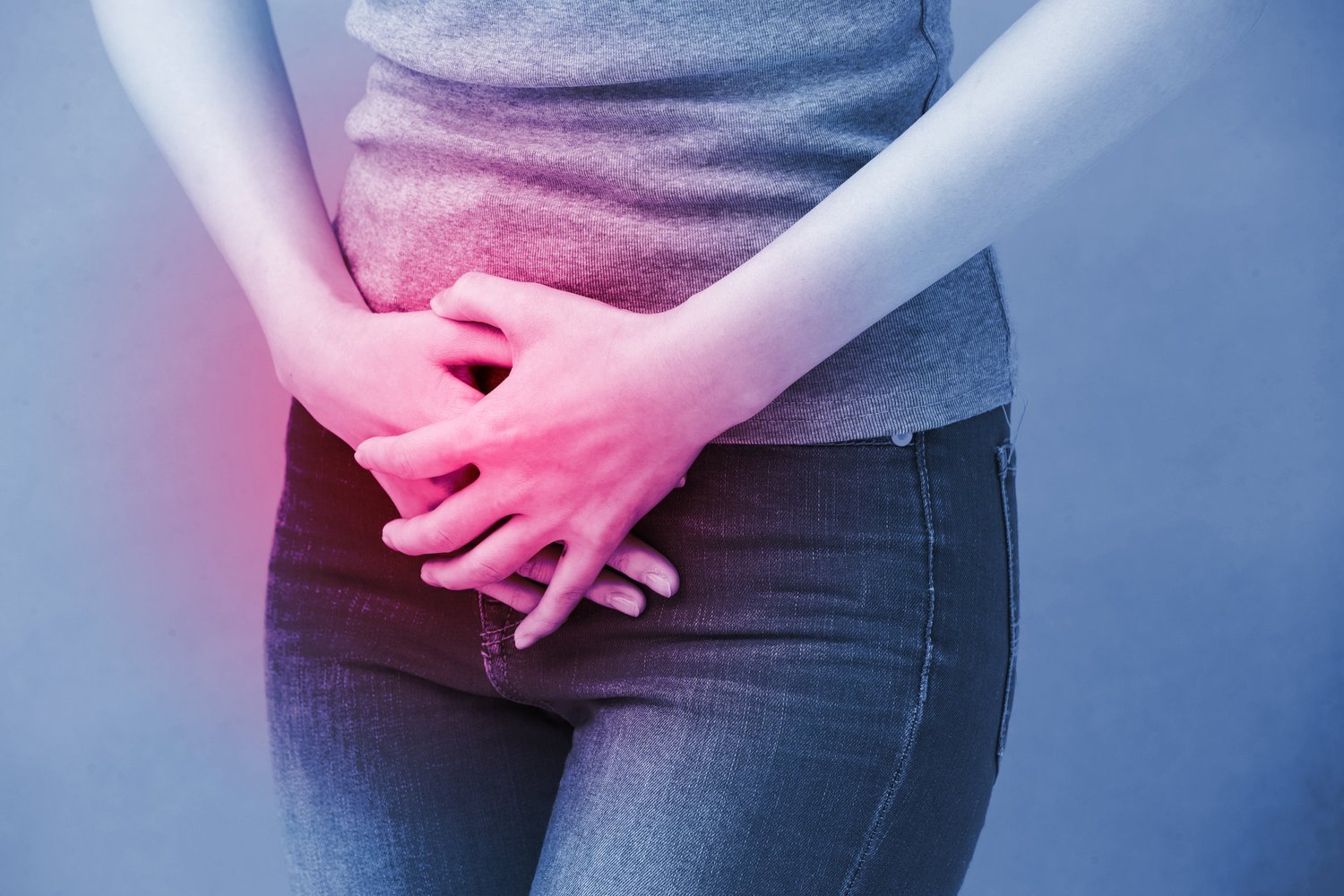The average woman will experience roughly 500 periods during her lifetime, and while a period may be uncomfortable, it’s important to know that they should not present with severe pain.
If you are dealing with significant bleeding, intense cramps or severe pain, know that you have options to help alleviate these symptoms. In today’s blog, we explain how the team at MetroPartners OBGYN can help you find relief from painful periods.
Treating Dysmenorrhea
Dysmenorrhea is the medical term for significant period pain, but because each woman will experience her period a little bit differently, it can be tough to know if what you are experiencing is normal or abnormal. If you are dealing with any of the symptoms we already described, or any of the following symptoms, you may be dealing with dysmenorrhea:
-
Nausea
-
Vomiting
-
Dizziness
-
Bleeding that last longer than seven days
-
Blood clots that are larger than a quarter
Dysmenorrhea affects millions of women, but for one reason or another, upwards of two thirds of women with painful periods don’t end up seeking treatment. Don’t suffer every month when solutions are closer than you realize.
While there could be a number of underlying causes of your painful periods, one of the most common reasons is due to a condition called endometriosis. Endometriosis occurs when tissue similar to the type of tissue that normally lines the inside of your uterus – the endometrium – ends up growing outside your uterus. Common locations for this tissue to grow include the ovaries, fallopian tubes and the tissue around your pelvis.
During your period, the endometrium inside your uterus thickens, sheds and is discharged from your body during your menstrual cycle, but the endometrial tissue that is outside your uterus ends up getting trapped inside the body. This leads to pain, inflammation and scar tissue. Endometriosis can also lead to painful bowel movements, pain during or after sex and even infertility.
Thankfully endometriosis and painful periods can oftentimes be effectively managed by working with your women’s care provider. Oftentimes hormone therapy is the first line of treatment, as hormone therapy can help to reduce the amount of estrogen in your body. This can help manage and shrink problematic endometrial tissue. For women who are hoping to manage symptoms and prevent pregnancy, hormonal contraceptives can decrease symptoms while extended-cycle pills and intrauterine devices (IUDs) can reduce the number of periods you have.
In certain instances, a minimally invasive surgery to remove sections of endometrial tissue may help provide relief and even help address infertility issues. Your women’s care provider can go into greater detail about your surgical options should it come to this point, but many women can decrease the intensity of their periods by pursuing some of the previously mentioned conservative techniques.
Severely painful periods can disrupt your day and significantly affect your quality of life, but they don’t have to if you are willing to open up to your women’s care provider and let them help. We’d love to be that resource for you. For more information about treating dysmenorrhea or endometriosis, connect with the team at MetroPartners OBGYN today at (651) 770-3320.

